The Secret Weapon of the Kitchen: Small Green Chili Pepper
Table of Contents
Introduction to the Small Green Chili Pepper
The small green chili pepper is a staple in many cuisines around the world, especially in Asian and Latin American cooking. These tiny, vibrant peppers are not only packed with flavor but also add a fiery kick that can elevate any dish. Despite their size, they pack a punch—both in taste and heat. If you're new to the world of spices, the small green chili pepper is a great place to start.
But what exactly makes this chili unique? Unlike its larger counterparts like jalapeños or habaneros, the small green chili pepper is often used fresh, giving dishes a bright, slightly tangy flavor. It’s also commonly dried and ground into powder, which is used in a variety of spice blends. Whether you’re making a spicy stir-fry, a zesty salsa, or a smoky curry, the small green chili pepper can be your secret ingredient.
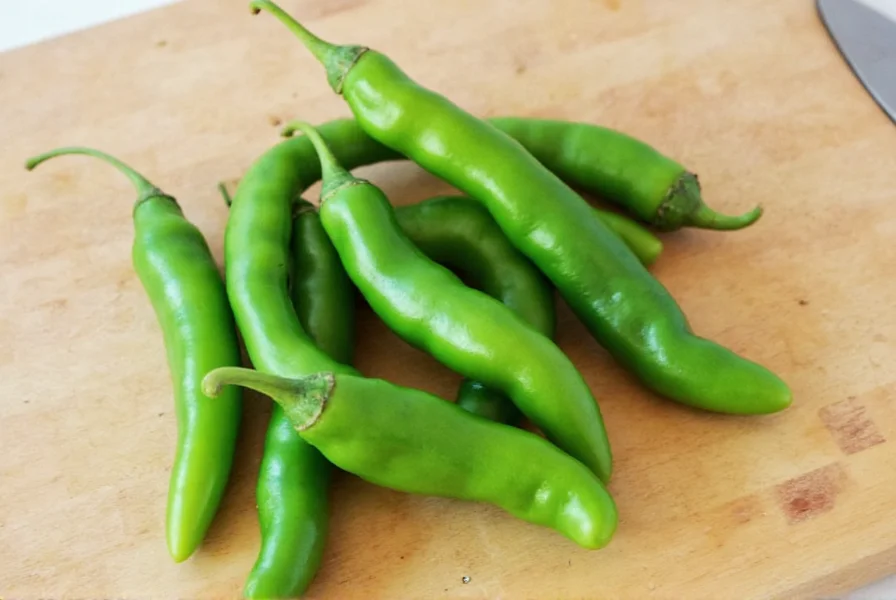
Practical Tips for Using Small Green Chili Pepper
If you're looking to incorporate the small green chili pepper into your cooking, here are some practical tips to help you make the most of it:
- Use it fresh: Add whole or sliced small green chilies to salsas, salads, or pickles for a fresh, spicy bite.
- Roast it: Roasting intensifies the flavor and reduces the heat slightly, making it perfect for sauces or dips.
- Chop it finely: For a more even distribution of heat, chop the chili into small pieces before adding to dishes.
- Pair it with citrus: The slight acidity of lime or lemon juice balances the heat, creating a refreshing contrast.
- Store it properly: Keep fresh chilies in the refrigerator for up to a week, or freeze them for longer storage.
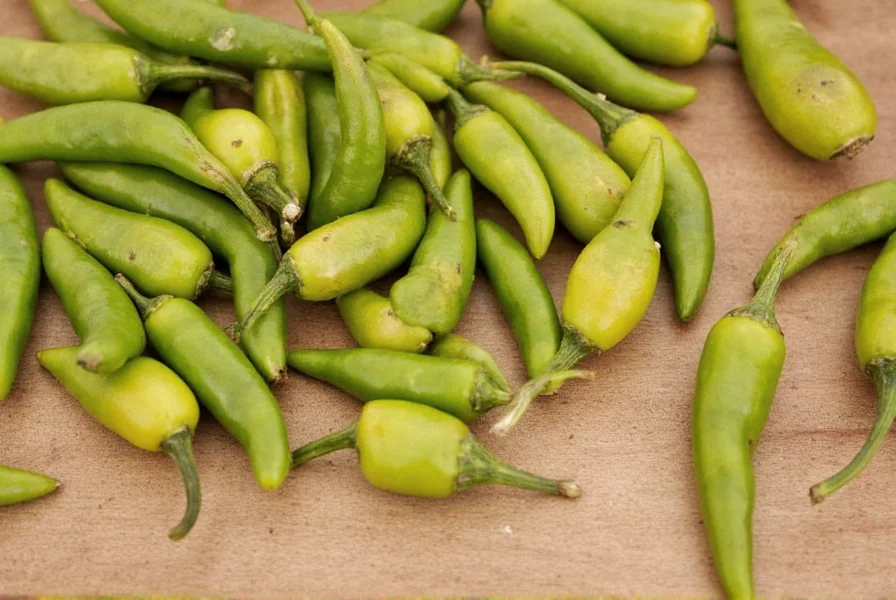
One of the most important things to remember when handling small green chilies is to wear gloves. Their oils can easily transfer to your skin and cause irritation. Also, if you're using them in a recipe that calls for a specific level of heat, it's best to start with one or two chilies and adjust from there.
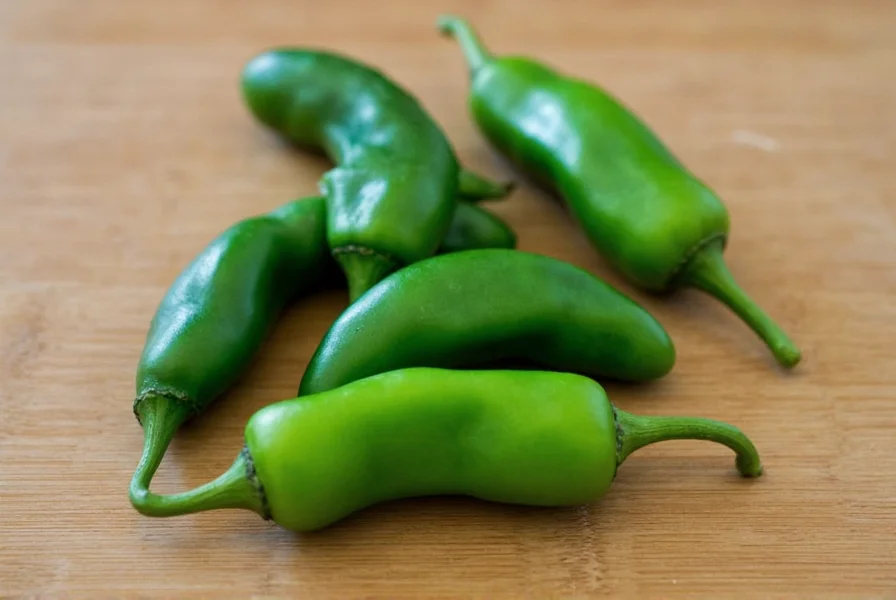
Buying Guide: How to Choose the Best Small Green Chili Pepper
When shopping for small green chili peppers, there are several factors to consider to ensure you get the best quality:
| Feature | Description |
|---|---|
| Color | Look for bright green peppers with no signs of browning or wrinkling. |
| Texture | They should feel firm and crisp, not soft or mushy. |
| Size | Choose medium-sized peppers for a balanced heat and flavor. |
| Smell | A fresh, slightly spicy aroma indicates freshness. |
If you're buying dried small green chili peppers, look for those that are evenly sized and have a uniform color. Dried chilies are often used in spice blends and can be rehydrated for use in sauces or stews. They tend to have a more intense flavor than their fresh counterparts.
For those who prefer convenience, pre-packaged small green chili peppers are available in some supermarkets. These are usually already cleaned and cut, making them easy to use. However, they may not offer the same depth of flavor as fresh or dried peppers.
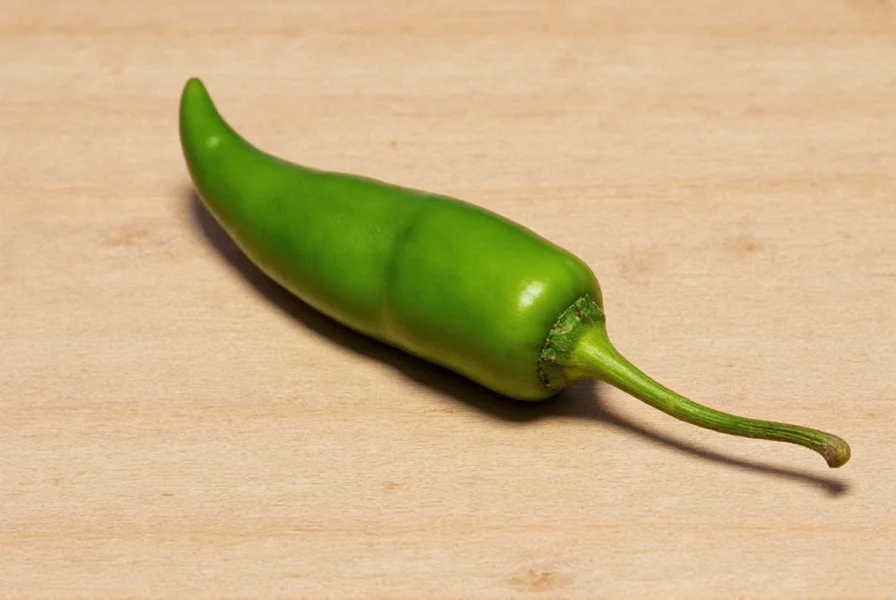
Cooking Ideas and Recipes
The small green chili pepper is incredibly versatile and can be used in a wide range of recipes. Here are a few ideas to get you started:
- Spicy Stir-Fry: Add chopped small green chilies to your favorite stir-fry for an extra kick of heat and flavor.
- Homemade Salsa: Dice small green chilies and mix with tomatoes, onions, and cilantro for a fresh, spicy salsa.
- Curry Paste: Use roasted small green chilies as a base for homemade curry paste, blending them with garlic, ginger, and other spices.
- Marinades: Incorporate small green chilies into marinades for meats or vegetables to add a subtle heat and depth.
- Hot Sauce: Blend small green chilies with vinegar, salt, and other ingredients to create a custom hot sauce.
One of the most popular uses for the small green chili pepper is in traditional dishes such as Thai green curry or Mexican salsa verde. These recipes rely on the unique balance of heat and flavor that the small green chili provides. Whether you're a professional chef or a home cook, experimenting with different preparations can help you discover new ways to enjoy this flavorful pepper.
Comparison Table: Small Green Chili Pepper vs. Other Chilies
To better understand the unique characteristics of the small green chili pepper, let's compare it to some other common chilies:
| Chili Type | Heat Level (Scoville Units) | Flavor Profile | Common Uses |
|---|---|---|---|
| Small Green Chili Pepper | 5,000–10,000 | Mildly spicy with a bright, fresh flavor | Salsas, stir-fries, curries, and marinades |
| Jalapeño | 2,500–8,000 | Mildly spicy with a grassy, peppery flavor | Pickling, sandwiches, salsas, and stuffed peppers |
| Habanero | 100,000–350,000 | Very spicy with a fruity, citrusy flavor | Hot sauces, desserts, and spicy salsas |
| Serrano | 10,000–25,000 | Spicy with a bold, earthy flavor | Guacamole, salsas, and hot sauces |
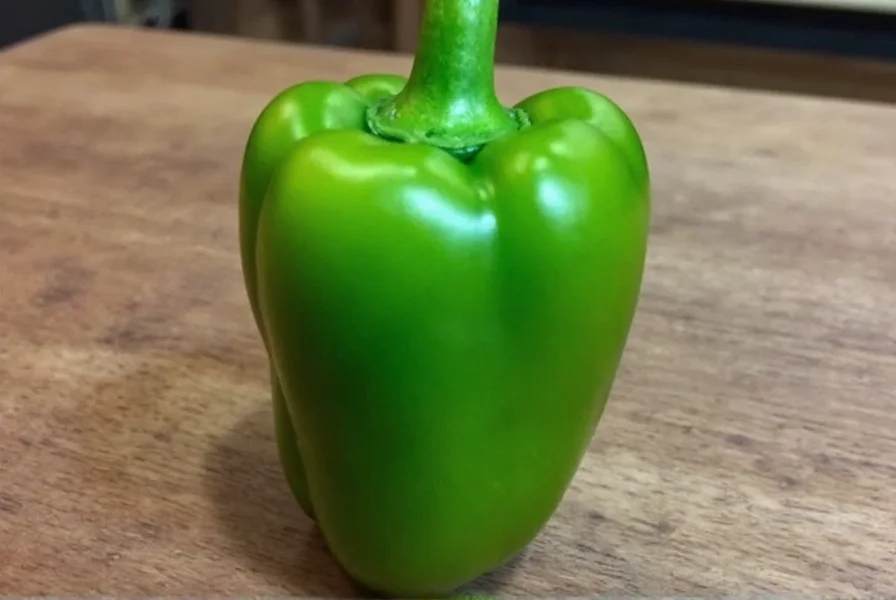
As you can see, the small green chili pepper falls between jalapeños and serranos in terms of heat, making it a great option for those who want a bit of spice without overwhelming the dish. Its fresh, slightly tangy flavor also sets it apart from other chilies, making it ideal for dishes where the pepper's natural taste can shine through.
Conclusion
The small green chili pepper is more than just a simple spice—it's a flavor enhancer, a heat source, and a culinary staple in many cultures. Whether you're using it fresh, dried, or roasted, this tiny pepper has the power to transform your cooking in a big way. From spicy salsas to fragrant curries, the small green chili pepper is a versatile and essential ingredient that every kitchen should have.
So next time you're planning a meal, don't forget to reach for a small green chili pepper. You might just find yourself hooked on its bold flavor and fiery kick. And remember, the key to mastering this spice is experimentation—try different preparations and pairings to discover what works best for your taste buds.
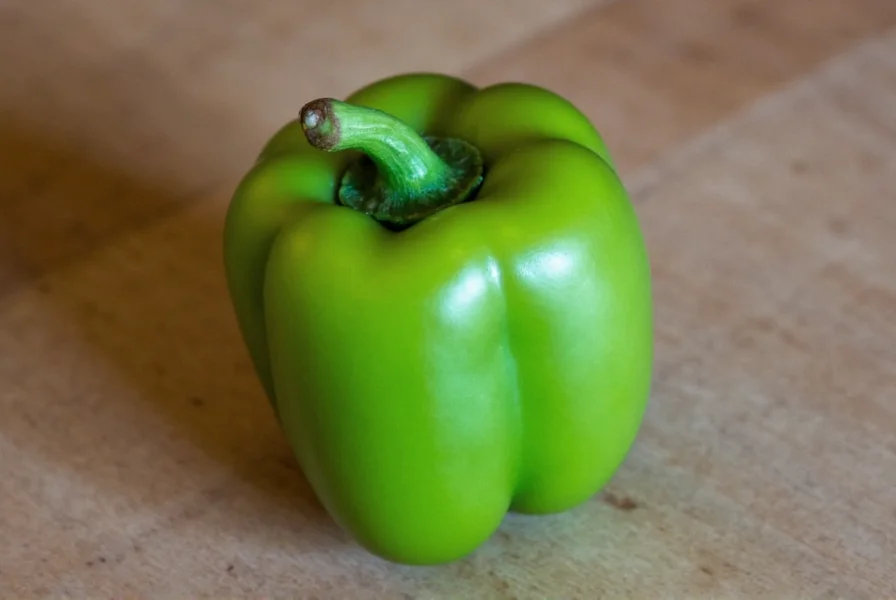
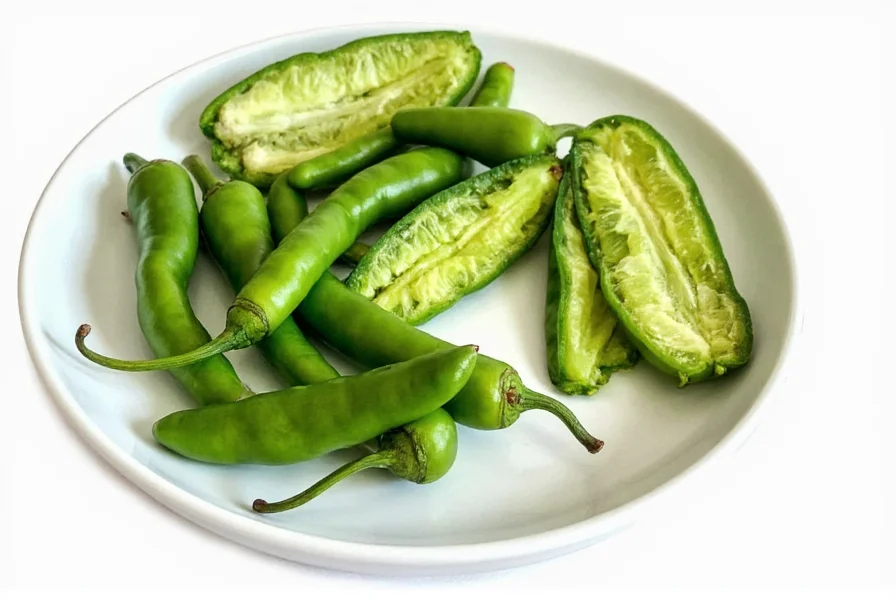

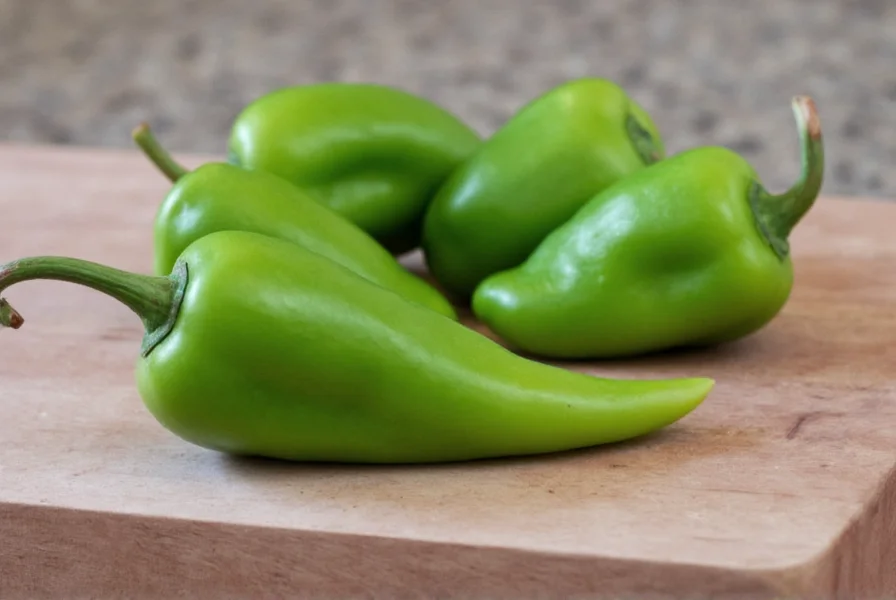









 浙公网安备
33010002000092号
浙公网安备
33010002000092号 浙B2-20120091-4
浙B2-20120091-4